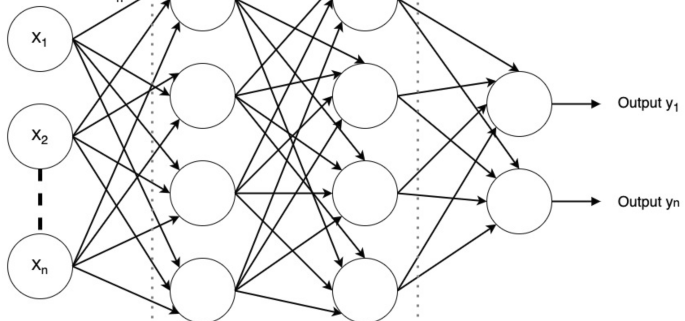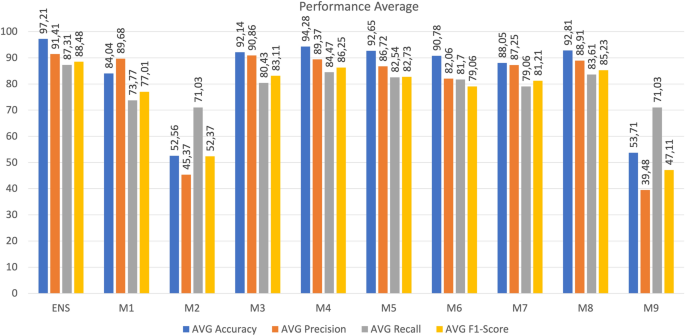Socks5Systemz: How Darktrace’s Anomaly Detection Unraveled a Stealthy Botnet
How does Loader Malware work?
Throughout 2023, the Darktrace Threat Research team identified and investigated multiple strains of loader malware affecting customers across its fleet. These malicious programs typically serve as a gateway for threat actors to gain initial access to an organization’s network, paving the way for subsequent attacks, including additional malware infections or disruptive ransomware attacks.
How to defend against loader malware
The prevalence of such initial access threats highlights the need for organizations to defend against multi-phase compromises, where modular malware swiftly progresses from one stage of an attack to the next. One notable example observed in 2023 was Pikabot, a versatile loader malware used for initial access and often accompanied by secondary compromises like Cobalt Strike and Black Basta ransomware.
While Darktrace initially investigated multiple instances of campaign-like activity associated with Pikabot during the summer of 2023, a new campaign emerged in October which was observed targeting a Darktrace customer in Europe. Thanks to the timely detection by Darktrace DETECT™ and the support of Darktrace’s Security Operations Center (SOC), the Pikabot compromise was quickly shut down before it could escalate into a more disruptive attack.
What is Pikabot?
Pikabot is one of the latest modular loader malware strains that has been active since the first half of 2023, with several evolutions in its methodology observed in the months since. Initial researchers noted similarities to the Qakbot aka Qbot or Pinkslipbot and Mantanbuchus malware families, and while Pikabot appears to be a new malware in early development, it shares multiple commonalities with Qakbot [1].
First, both Pikabot and Qakbot have similar distribution methods, can be used for multi-stage attacks, and are often accompanied by downloads of Cobalt Strike and other malware strains. The threat actor known as TA577, which has also been referred to as Water Curupira, has been seen to use both types of malware in spam campaigns which can lead to Black Basta ransomware attacks [2] [3].Notably, a rise in Pikabot campaigns were observed in September and October 2023,…




